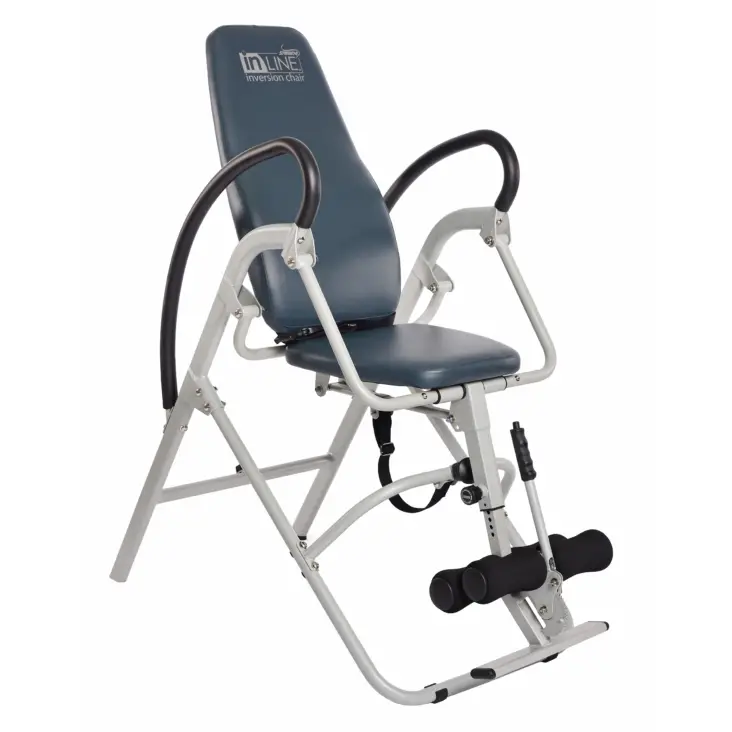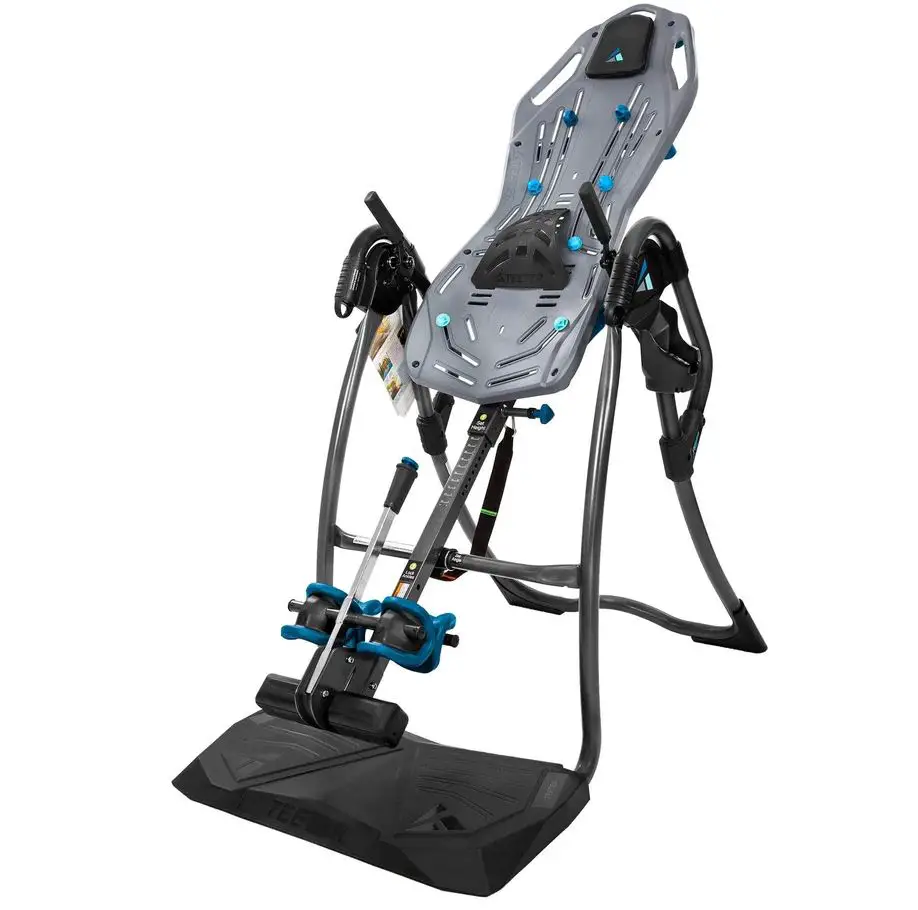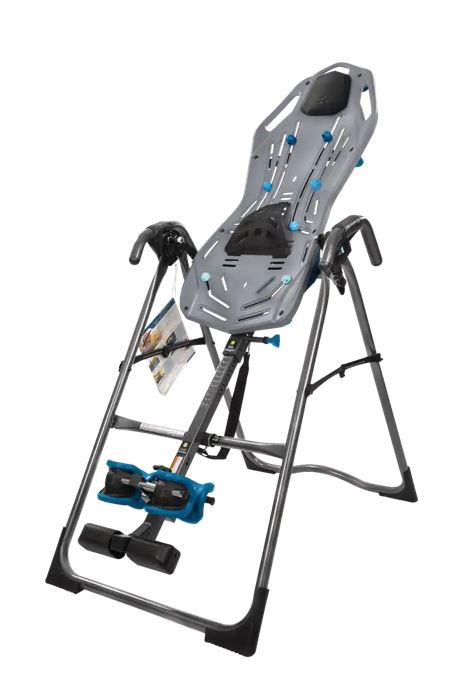Spinal Stenosis is a medical condition where the spinal column becomes narrowed which leads to the compression of your spine. It is the narrowing of the spaces in your spine which puts pressure on the nerves that travel through your spine.
Spinal Stenosis occurs most often in the neck and lower back areas. Some people experience symptoms and some people have no symptoms. The condition is very common with more than 3 million people getting the condition each year. It is very serious and requires immediate medical attention from a trained doctor.
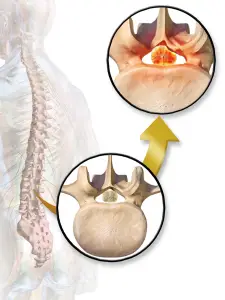
Symptoms of Spinal Stenosis include: a numbness or tingling in your arms and legs, severe back pain and stiffness, difficulty in standing or walking for long periods of time, and problems with balancing, If you are experiencing these symptoms, it is best to get to an emergency room as soon as possible. Rest may help with the condition but only for a temporary amount of time before it reoccurs.
Patients who have Spinal Stenosis are always looking for alternate treatment plans to help relieve the pain. Using an Inversion Table may be one way to help. Can an Inversion Table help with Spinal Stenosis? Read on in this article to discover the answer to this question and more.
Can an Inversion Table Help With Spinal Stenosis?
The short answer to this question is yes, an Inversion Table can help with Spinal Stenosis. Inversion Therapy employs a pulling force on the spine to help increase the space between the vertebrae discs. The discs in the spine act as cushions and help to support your spine. The space between the discs help to decrease pressure on the nerve and thereby relieving the Spinal Stenosis patient from pain. An Inversion Table can indeed help with your back health and other ailments like spinal fusion.
How Long Should I Stay on The Inversion Table?
It is best to get the advice regarding how long to stay on The Inversion Table from your personal physician. However, experts say to stay on the table between 1 – 2 minutes for twice a day.
What If I Stay on The Inversion Table Longer Than Required?
Staying on The Inversion Table longer than recommended could worsen your condition. Hanging upside down or at an angle gives more blood to the brain that it can handle. Patients who have stayed on the table longer than normal have seen their condition worsen, or had a stroke. The Inversion Table is safe to use, but not if you over exert yourself by staying on the table too long. Speak with your doctor about any questions you may have before starting your exercise regimen.
What is the Weight Capacity of The Inversion Table?
A normal Inversion Table has a weight capacity of 300 pounds. However, an extra large Inversion Table has a weight capacity of 400 pounds.
How Do I Use The Inversion Table?
Begin by setting up The Inversion Table in your home. A store representative can help you with this.. Once you have The Inversion Table set up, you will want to have an assistant to be in the room with you while you are on the table. The maximum amount of time should be 2 minutes for twice a day. Strap yourself on the table while making sure that the straps are secure.
You do not want to move on your table and risk minimizing the effect of the exercises you will be doing on the table. Balance yourself on the table and lay straight with your back on the table to become comfortable with the table. Laying straight on the table will help to elongate and stretch your spine and neck area and relieve the pressure and pain. This is called the balance exercise and is done to improve your spine.
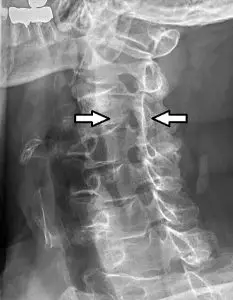
Allow your assistant to help you tip yourself slightly at an angle. You should be doing beginner angles like 10 – 20 degrees until you become more comfortable with the table. Stay at this angle for the maximum amount of time.
Your assistant should have a stop watch set at 2 minutes to ensure that you do not stay on the table longer than required. Once you have completed your 2 minutes at a beginner angle, come back to the straight position on the table so that you can remove yourself from The Inversion Table. Repeat this exercise another time later in the day for maximum results.
More Tips on Using an Inversion Table
These are some common need to know answers to questions that are often asked by patients who are experiencing the pain from Spinal Stenosis. An Inversion Table is safe for many people who have Spinal Stenosis. However, experts say that The Inversion Table has been shown to help most of the people who have the condition. .
Speak with your doctor to make sure that using the table is a good treatment plan for you. Once your doctor has approved your use of the table, begin slowly and get comfortable with the table. Always have an assistant to help you get on and off the table and help you tip the table back at an angle that will relieve the pressure from spine.
As you become more comfortable with your Inversion Table, you will notice that you are getting into a routine that will benefit your body. A healthy body is a strong body that can be productive every day. Keep your doctor updated on your progress on the table.
He will want to ensure that you are not putting too much pressure on your spine, neck and back areas. Remember that safety is important while on your Inversion table Make sure that you are strapped securely to ensure that your spine is stabilized as you do your exercises on the table.
Neck stretches, balance exercises and other beginner exercises are a great way to elongate and stretch your spine to relieve pressure and pain in the area. Using these tools and advice will ensure that your Inversion Table experience is a success and the extreme pain in your spine will be kept away. After all, a pain free life is a higher quality of life that can be enjoyed by you.


